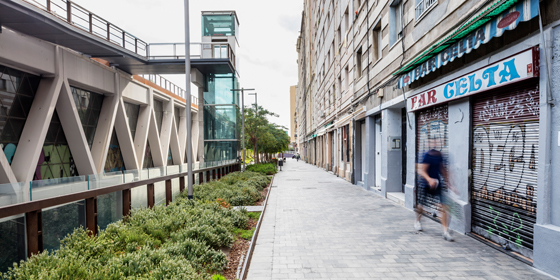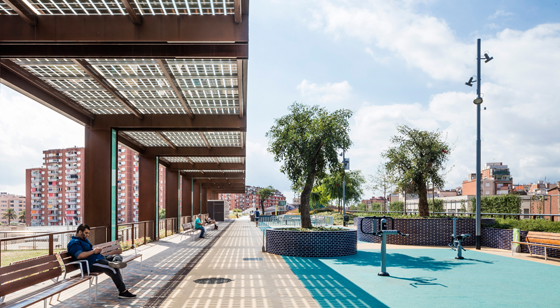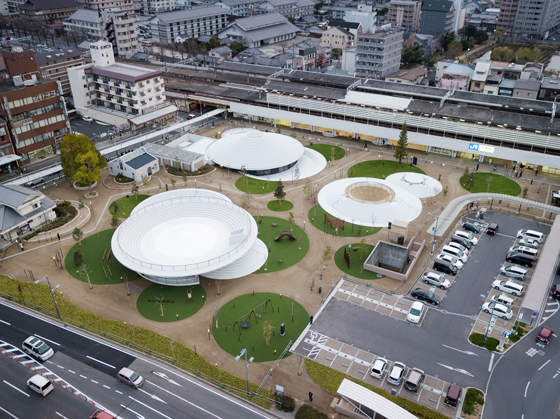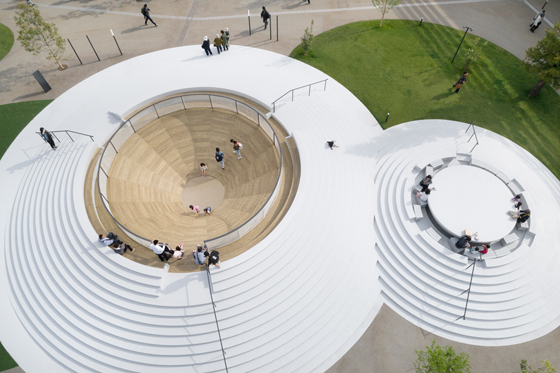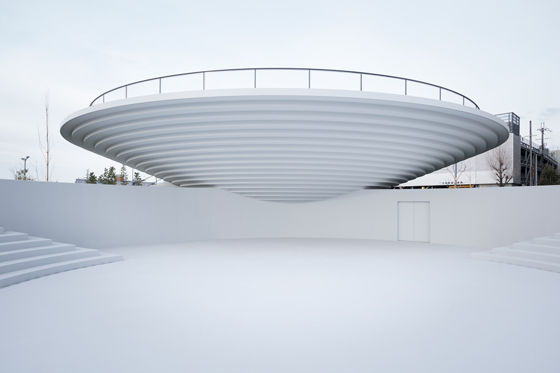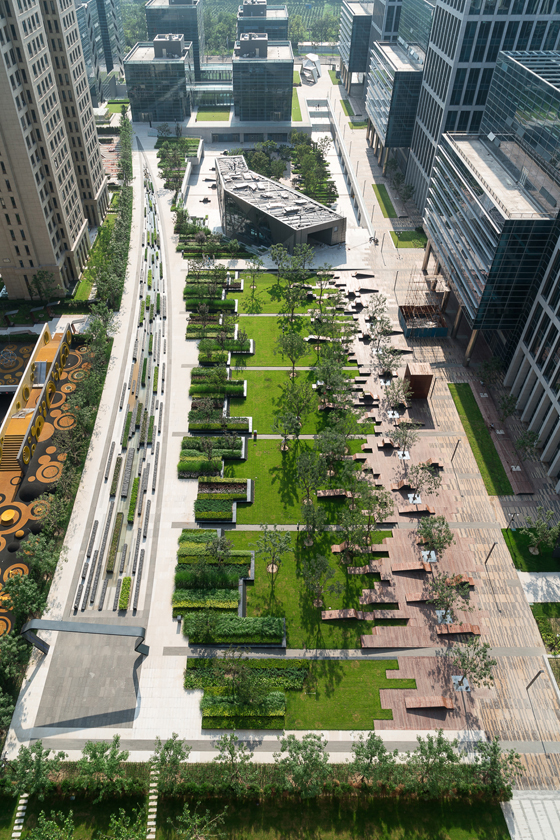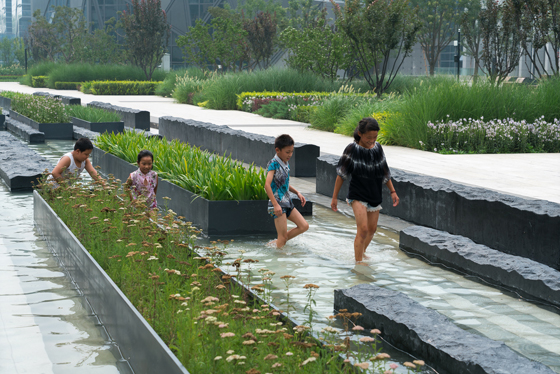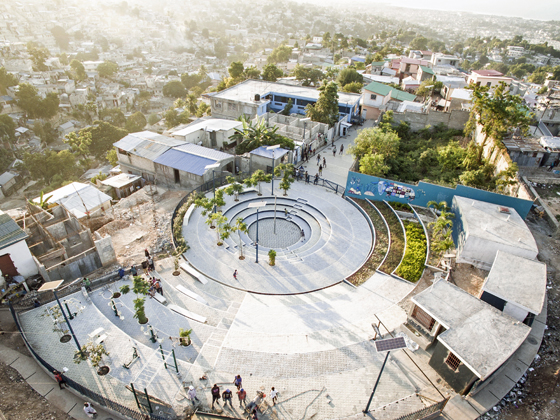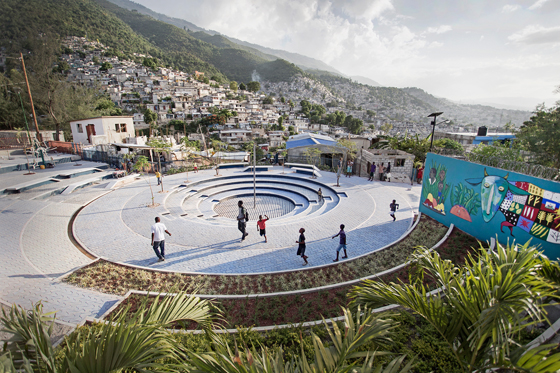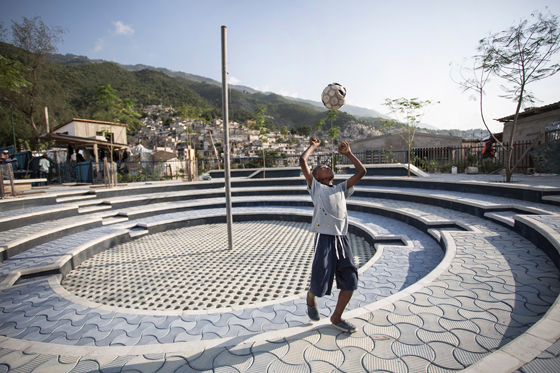Grounded: new landscape projects
Texto por Alyn Griffiths
London, Reino Unido
23.07.17
Successful landscape architecture is more than just a case of unexpected surfaces and a bit of greening. It can provide valuable ground for real place-making.
Landscape architecture projects such as Nendo’s masterplan for the Tenri Station Plaza in Nara, Japan can activate and enliven underused urban areas. Photo: Takumi Ota
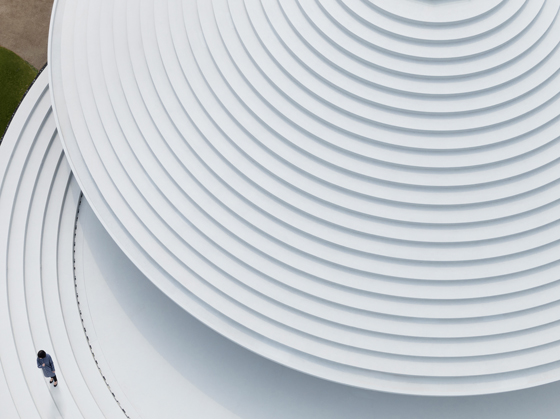
Landscape architecture projects such as Nendo’s masterplan for the Tenri Station Plaza in Nara, Japan can activate and enliven underused urban areas. Photo: Takumi Ota
×Whether implemented in the public or private realm, landscape architecture has a transformative value that can help to turn underused or awkward sites into lively communal spaces. The popularity of the High Line elevated park in New York City alerted many to the potential benefits of great landscaping, prompting municipalities and private organisations around the world to have a go at creating their own urban oases.
A landscaped boulevard transforms the roof covering of a section of the Sants railway in Barcelona into a green corridor featuring planting that spills onto the adjacent streets. Photos: Adrià Goula
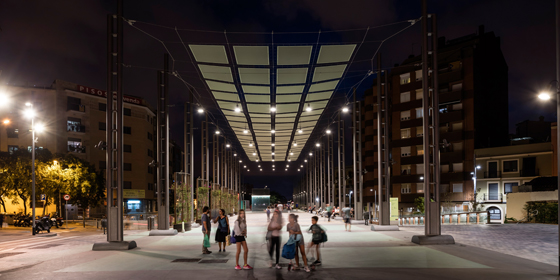
A landscaped boulevard transforms the roof covering of a section of the Sants railway in Barcelona into a green corridor featuring planting that spills onto the adjacent streets. Photos: Adrià Goula
×Whereas the High Line reactivated a disused railway line, in Barcelona, an 800-metre section of a functioning railway line has been enclosed by architects Sergi Godia and Ana Molino in an overground tunnel, topped with landscaped gardens. This process rejuvenated what the architects described as “an open wound” in the urban fabric of the Sants neighbourhood, creating a verdant boulevard with views of the city skyline.
Ancient Japanese tombs known as cofun informed the buildings that punctuate Tenri Station Plaza, creating an undulating landscape that references the region’s geography. Photos: Takumi Ota
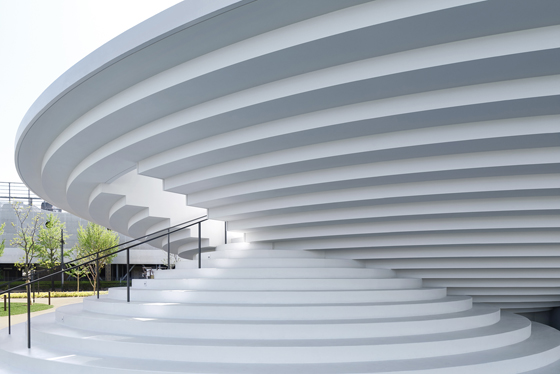
Ancient Japanese tombs known as cofun informed the buildings that punctuate Tenri Station Plaza, creating an undulating landscape that references the region’s geography. Photos: Takumi Ota
×Sites located around transportation infrastructure are ideal for transformative landscaping projects aimed at beautifying these areas of high footfall. Japanese design studio Nendo has masterplanned a 6,000-square-metre site outside Tenri Station in Nara prefecture, adding a cluster of stepped disc-shaped concrete structures that emerge from, or descend into, the earth. The depressed areas form amphitheatres for performances or casual seating, while the domed buildings contain functional spaces including a cafe, information kiosk and shops.
Martha Schwartz Partners' masterplan for the Beiqjia Technology Business District in Beijing is designed to optimise use of water, reduce paved surfaces and increase the green ratio of the mixed-use development. Photos: MSP
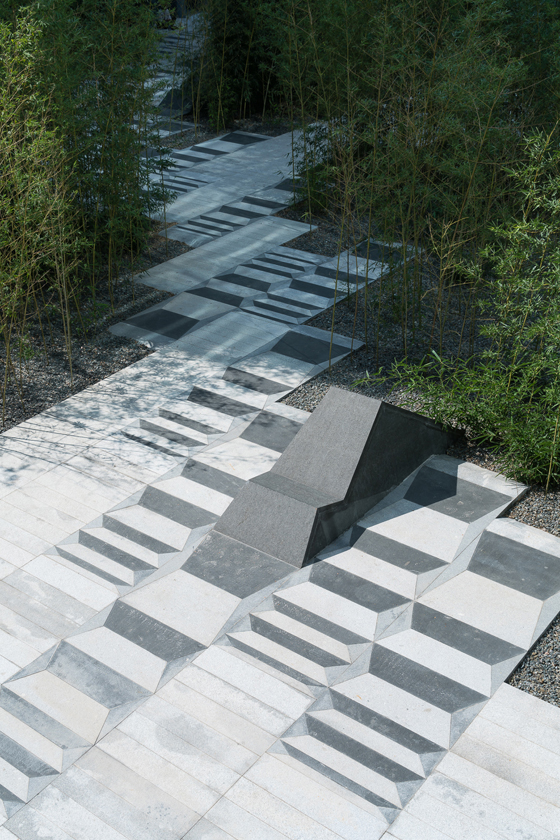
Martha Schwartz Partners' masterplan for the Beiqjia Technology Business District in Beijing is designed to optimise use of water, reduce paved surfaces and increase the green ratio of the mixed-use development. Photos: MSP
×Landscaping also has an important role to play in providing green space in urban environments, which can help to improve the climate by decreasing the amount of heat-absorbing tarmac or paving. This was one of the key aims of the site designed by Martha Schwartz Partners at the Beiqijia Technology Business District in the Changping district of Beijing, which also cools the south-easterly summer winds by directing them over a large water feature.
This new public space for a community in Haiti features an amphitheatre surrounded by concentric terraces, including one housing a water distribution centre. Photos: EVA Studio
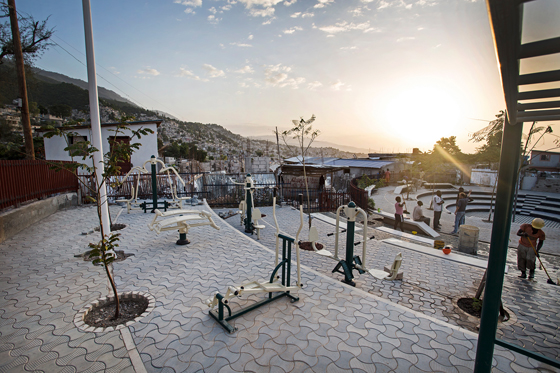
This new public space for a community in Haiti features an amphitheatre surrounded by concentric terraces, including one housing a water distribution centre. Photos: EVA Studio
×Finally, the intelligent application of landscape architecture can help to improve the sense of pride residents have in their local neighbourhood. Following the earthquake that devastated Haiti in 2010, British firm EVA Studio was asked to oversee the redevelopment of a site in the Carrefour-Feuilles district. Its Tapis Rouge project created a new focal point for the community, centred on a stepped open-air amphitheatre made from locally produced paving stones. A participatory design process invited residents to determine key features of the landscaped space, including the introduction of a graffiti wall and outdoor exercise equipment.
© Architonic



